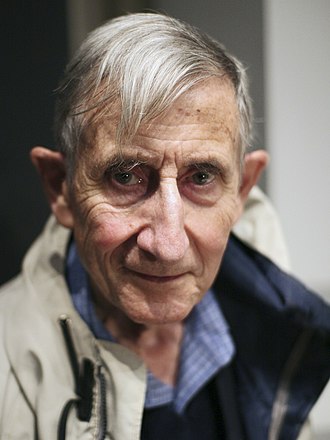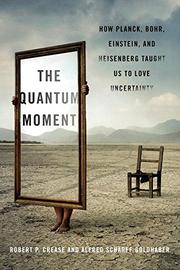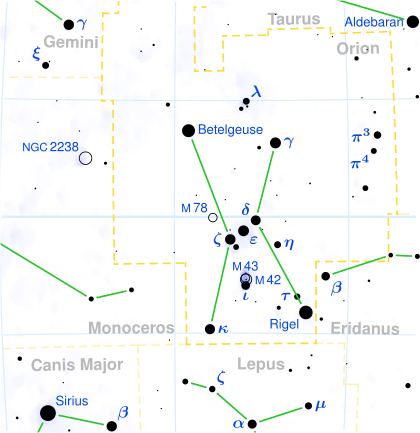Maybe the only positive thing about being down with a cold is that it gives you time to read. My cold book this time was “The Quantum Moment, How Plank, Bohr, Einstein and Heisenberg taught us to love uncertainty” by Robert Crease and Alfred Scharff Goldhaber.
I am fascinated by Relativity and Quantum Physics and have read a large number of books and articles on the subjects over the years. This one was unusually good. Taken from a class the authors, one a Physicist one a Philosopher, teach at Stony Brook University it attempts not just to explain the Physics and the people behind the discoveries but the cultural effects of the discoveries as they percolate out into society. The “Quantum Moment” is the time when the probabilistic Quantum Mechanical view of the world largely replaced the cause and effect Newtonian one.
Relativity is the more easily explained of the two. Anybody with a desire to understand the principles can work their way through a good explanation and feel satisfied at the end. The maths is even doable for large parts of it assuming a couple of Calculus classes in college. The book does not delve into Relativity except where it touches Quantum Mechanics.
The Mathematics of Quantum Mechanics on the other hand is largely well beyond a couple of College Maths and Physics classes. We are forced therefore to accept the Physics from the experts, many of whom are not skilled at communicating with the general public. We only have their word as experts and the artifacts produced by the successful application of the theories i.e. cell phones, quantum computers and the like to convince us of their validity.
The problem is the evidence, although still incomplete, that the world at the smallest levels is driven by random processes not classical cause and effect ones is massive. The conclusions, mystifying. Superposition, things being in multiple places at once, Schroedinger’s cat being both alive and dead, Entanglement a.k.a. “Spooky action at distance” all defy our mammalian brain’s insistence on following the causal chain to a resulting event.
The result is that, for those who bother to think about the larger Philosophical consequences of the random underpinnings of the world as we know it, the response is all over the map. There are the expert deniers like Einstein who never bought in, although a couple of his early works were instrumental in kicking things off, proof of the existence of God, disproof of the existence of God, proof of Eastern Philosophy/Religion, disproof of Eastern Philosophy/Religion and people who say it has nothing to do with anything except in the tiny world of the atom.
The problem is, of course, that in our culture some people are going to try to sell you on ideas and products that claim to be supported by the Physics but that are the the product of what the editors at “New Scientist” magazine call “Fruitloopery.” Using lots of technical jargon and fringe theories to justify you buying into what they are selling.
This raises the stakes for the general public. It increases the need for the general public to have some idea of what is accurate and what does it even mean to be “accurate” when particles can be in multiple places at he same time?
So what did I get out of the book? Well I had and still have a nagging feeling that Einstein might be right. The reason Quantum Mechanics is not ultimately driven by Newtonian cause and effect is that is still incomplete. This book provided more ammunition to the case against Newton and Einstein both on the Physics side and Philosophy side. I also have more ammunition to keep the Fruitloops in the bowl with the milk and not in my Philosophy.
Very much worth the read.






